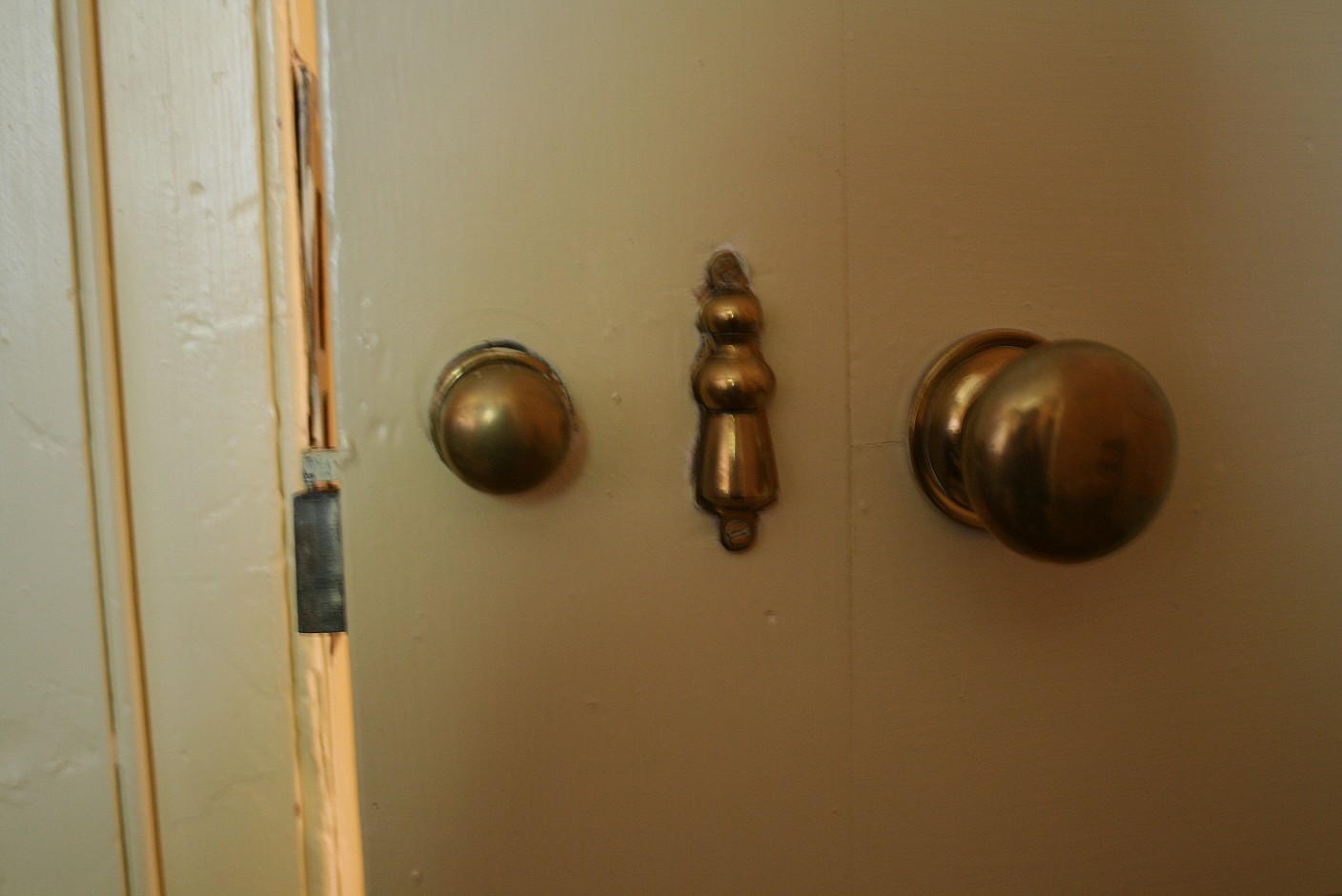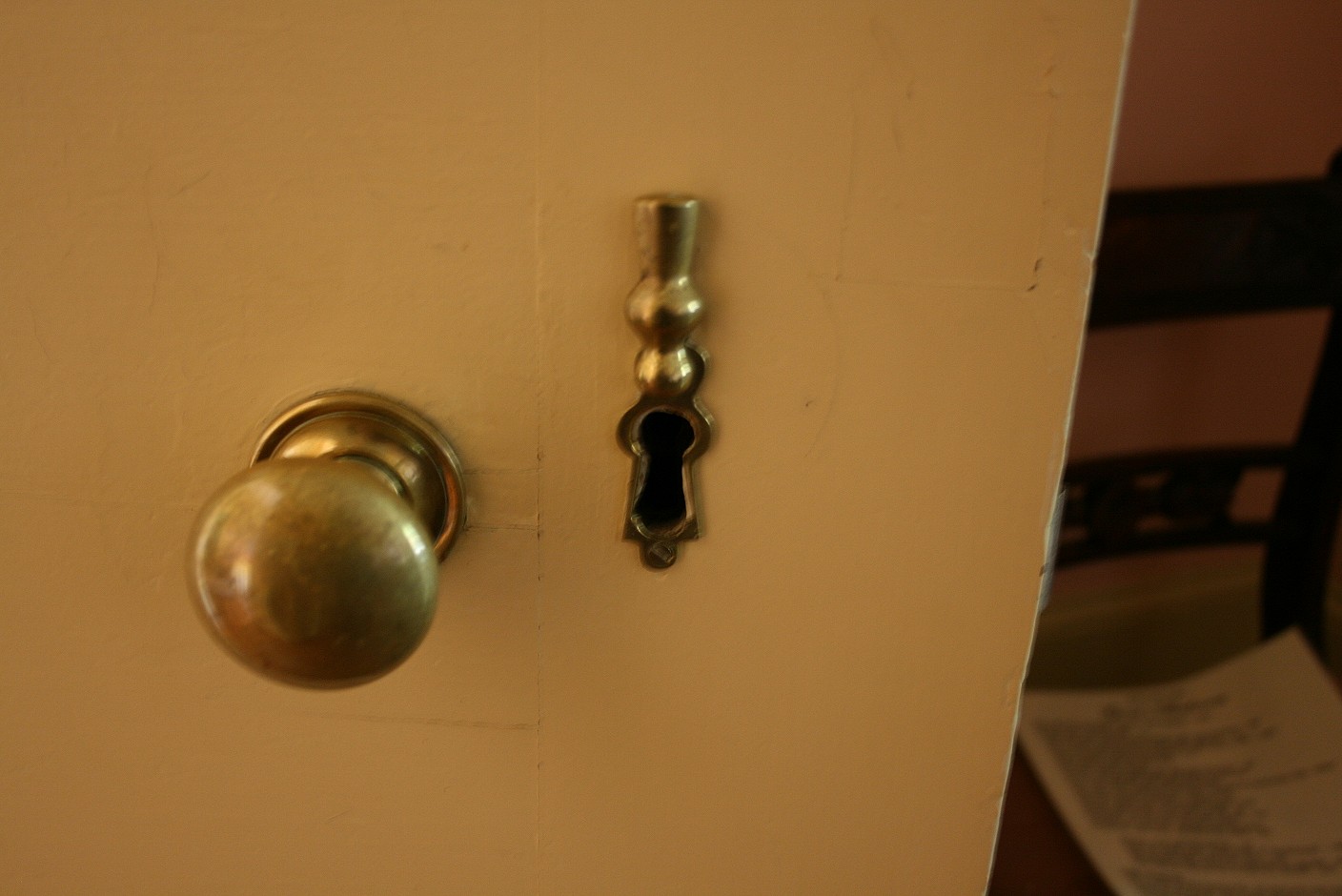Types of Locks for Bedroom Doors Without Drilling

Installing a lock on your bedroom door can provide a sense of privacy and security, but traditional locks often require drilling into the door, which can be a daunting task for some homeowners. Fortunately, there are various types of locks available that can be installed without drilling, offering convenient and hassle-free solutions.
Adhesive Locks
Adhesive locks are a popular choice for those seeking a simple and non-invasive installation method. These locks typically consist of two main components: a latch and a strike plate. The latch is attached to the door using a strong adhesive, while the strike plate is secured to the door frame using the same method.
- How Adhesive Locks Work: Adhesive locks function similarly to traditional locks, with the latch engaging with the strike plate to secure the door. When the lock is engaged, the latch prevents the door from opening unless the key or knob is used to disengage it.
- Advantages: The primary advantage of adhesive locks is their ease of installation. They do not require drilling, making them a quick and convenient option. They are also relatively inexpensive compared to other types of locks.
- Disadvantages: Adhesive locks may not be as secure as traditional locks, as they can be easily removed with a pry bar or other tools. The adhesive can also weaken over time, potentially leading to the lock detaching from the door.
- Typical Applications: Adhesive locks are often used for bedroom doors, closets, and other areas where a high level of security is not required. They can also be useful for renters who are unable to drill into their doors.
Magnetic Locks, Locks for bedroom doors without drilling
Magnetic locks utilize a powerful magnet to secure the door. The lock consists of a magnetic latch that attaches to the door and a corresponding strike plate that is mounted on the door frame.
- Functionality: When the door is closed, the magnetic latch is pulled towards the strike plate, creating a strong magnetic force that keeps the door locked. To unlock the door, a key or button is used to disengage the magnetic latch.
- Pros: Magnetic locks are known for their ease of installation and smooth operation. They are also relatively quiet and provide a secure locking mechanism.
- Cons: Magnetic locks can be susceptible to strong magnets, which could potentially be used to unlock the door. They may also not be as secure as traditional locks in situations where high security is a priority.
- Suitability for Bedroom Doors: Magnetic locks are suitable for bedroom doors where privacy and security are important, but they may not be the best choice for situations requiring a high level of security.
Lever Handle Locks
Lever handle locks are a common type of lock used for bedroom doors. While traditional lever handle locks require drilling for installation, there are now lever handle locks specifically designed for installation without drilling.
- Installation Without Drilling: These locks typically use a strong adhesive or a specialized mounting plate that clamps onto the door without requiring drilling. The lever handle itself is attached to the lock mechanism using screws that are secured to the door’s surface.
- Features and Benefits: Lever handle locks offer a combination of security and convenience. They provide a secure locking mechanism while also offering a sleek and modern aesthetic. Their installation without drilling makes them an attractive option for homeowners who want to avoid damaging their doors.
Installation Process and Considerations

Installing a lock without drilling offers a convenient and damage-free solution for enhancing bedroom security. However, understanding the process and considering various factors is crucial for a successful installation.
Installation Process
The installation process for locks without drilling varies depending on the specific type of lock. Here is a general guide, outlining common steps:
Preparation
- Choose the Right Lock: Determine the type of lock that best suits your needs and door type. Consider factors like security level, ease of use, and compatibility with your door.
- Gather Necessary Tools: Depending on the lock type, you may need tools like a screwdriver, measuring tape, level, and a pencil.
- Clean the Door Surface: Ensure the door surface is clean and free of debris to ensure proper adhesion of the lock.
Installation Steps
- Adhesive Application: For adhesive-based locks, apply the adhesive to the lock’s base according to the manufacturer’s instructions. Ensure the adhesive is spread evenly and covers the entire contact area.
- Positioning and Alignment: Carefully position the lock on the door, ensuring it is level and centered. Use a level to ensure proper alignment.
- Secure the Lock: Once positioned, firmly press the lock against the door to ensure proper adhesion. Some locks may require additional securing mechanisms, such as screws or clips, as per the manufacturer’s instructions.
- Test and Adjust: After securing the lock, test its functionality. Ensure the lock engages smoothly, and the latch operates as intended. If necessary, adjust the lock’s position slightly to optimize its performance.
Troubleshooting
- Adhesive Failure: If the adhesive fails to hold the lock securely, try cleaning the door surface again and applying fresh adhesive. Ensure the surface is dry and free of dust or debris.
- Latch Issues: If the latch does not engage properly, check for any obstructions in the door frame or strike plate. Adjust the lock’s position slightly to ensure the latch aligns correctly with the strike plate.
- Lock Malfunction: If the lock malfunctions, refer to the manufacturer’s instructions or contact their customer support for assistance. They may offer troubleshooting tips or replacement parts.
Considerations for Choosing the Right Lock
- Security Level: Determine the level of security you require. Some locks offer basic protection, while others provide more robust security features.
- Door Type: Consider the type of door you have. Some locks are designed for specific door types, such as solid core or hollow core doors.
- Ease of Use: Choose a lock that is easy to use and understand, especially if you are unfamiliar with lock mechanisms.
- Budget: Set a budget for your lock purchase. Locks without drilling can range in price, so consider your financial constraints.
Limitations and Drawbacks
- Adhesive Strength: Adhesive-based locks rely on the strength of the adhesive to hold the lock in place. Over time, the adhesive may weaken, potentially leading to lock failure. Ensure you use a high-quality adhesive and follow the manufacturer’s instructions for proper application and curing time.
- Security Concerns: While some locks without drilling offer decent security, they may not be as robust as traditional drilled locks. Consider the security level required for your bedroom and choose a lock that meets your needs.
- Limited Compatibility: Locks without drilling may not be compatible with all door types or door frames. Check the manufacturer’s specifications to ensure compatibility before purchasing.
Alternatives to Drilling: Locks For Bedroom Doors Without Drilling

While locks installed without drilling offer convenience and flexibility, there are other security measures you can implement for your bedroom door without the need for any drilling. These alternatives, though not as robust as a traditional lock, can still provide a degree of security and privacy.
Door Chain
A door chain is a simple yet effective security device that allows you to partially open your door while maintaining a level of security. It’s a small, metal chain that attaches to the inside of your door frame and has a hook that extends to the door. When engaged, the chain restricts the door from opening fully, preventing unwanted entry.
- Functionality: The chain acts as a barrier, preventing the door from being fully opened. This limits the intruder’s access to your room, giving you time to react or call for help.
- Benefits:
- Provides a sense of security by limiting the door’s opening.
- Allows for controlled entry, enabling you to see who is outside before fully opening the door.
- Easy to install and use, often requiring no drilling.
Door Stop
A door stop is a simple device placed at the bottom of your door to prevent it from opening fully. It’s a common household item that serves a dual purpose: preventing the door from slamming against the wall and enhancing privacy. While not a primary security measure, it can deter unwanted entry and provide a sense of privacy.
- Functionality: The door stop creates a physical barrier, preventing the door from opening beyond a certain point. This makes it difficult for someone to force the door open.
- Benefits:
- Provides a level of privacy by preventing the door from opening fully.
- Can deter intruders who might attempt to enter through the door.
- Easy to install and readily available.
Security Film
Security film is a transparent, adhesive film that can be applied to windows and doors to enhance their resistance to breakage. It works by creating a strong, protective layer that holds the glass together in the event of an impact. While not a lock, security film can deter intruders and provide an extra layer of protection.
- Functionality: The film adheres to the glass and reinforces its structure. It prevents the glass from shattering into dangerous shards, making it more difficult to break through.
- Benefits:
- Provides an extra layer of security for your windows and doors, making them more resistant to breakage.
- Helps to prevent intruders from gaining entry through the windows or doors.
- Can reduce the risk of injury from shattered glass in the event of a break-in.
